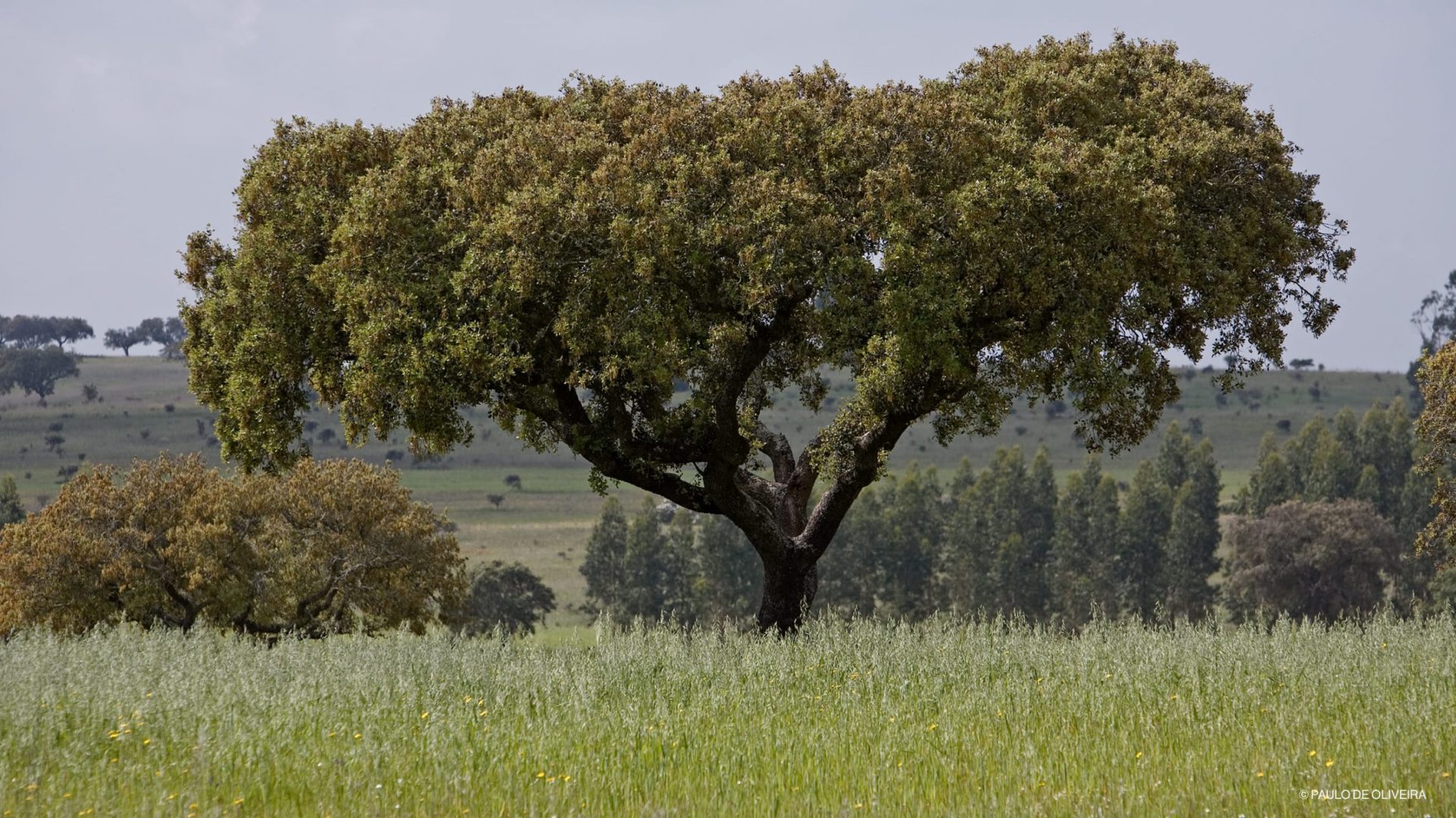
Biodiversity, its importance, challenges and indicators are some of the topics that you can follow here. Through them, you will learn more about initiatives that seek to deepen, preserve, and restore biological diversity, from scientific knowledge to good practices applied in the field. Also learn about what is being done in the woodlands under The Navigator Company’s management to promote diversity in forest ecosystems, preserve the forest’s productive functions and conserve its social and economic functions.
The species and habitats from the north to the south of Portugal, particularly in forest and agro areas, are the focus of this gallery which, as a whole, portrays the biological diversity of the country. From birds to mammals and reptiles, insects, fungi and a wide range of flowers, shrubs and trees, learn about the species already identified in the woodlands managed by The Navigator Company, their habitats, and what is being done to preserve and, whenever possible, improve them.
Here you will find a digital (bio)library that brings together the main commitments, knowledge, initiatives and tools on biodiversity. With this set of bibliographic resources, mostly in Portuguese and English, it becomes easier to understand the challenges of biodiversity, follow its evolution, and consult information on the risk status and protection of species and habitats. Also available are the commitments and indicators related to Biodiversity at The Navigator Company.
European rabbit: a fundamental species in Portuguese biodiversity
The European rabbit (Oryctolagus cuniculus) is an emblematic species of Portuguese forests. Despite being acknowledged for both its historical presence and ecological importance, this small mammal is on the verge of extinction. Learn more about this species and its assorted roles in the workings and maintenance of Iberian ecosystems’ biodiversity.
Acacias: beautiful but dangerous
They are among the most aggressive invasive species: acacias greatly affect the areas where they grow and the quality of life of “neighbours”. To reduce their negative impact we have to know these invaders well and act in a preventive manner to anticipate possible disruptions. Learn more about this genus and why acacias are an invasive species that threatens biodiversity.